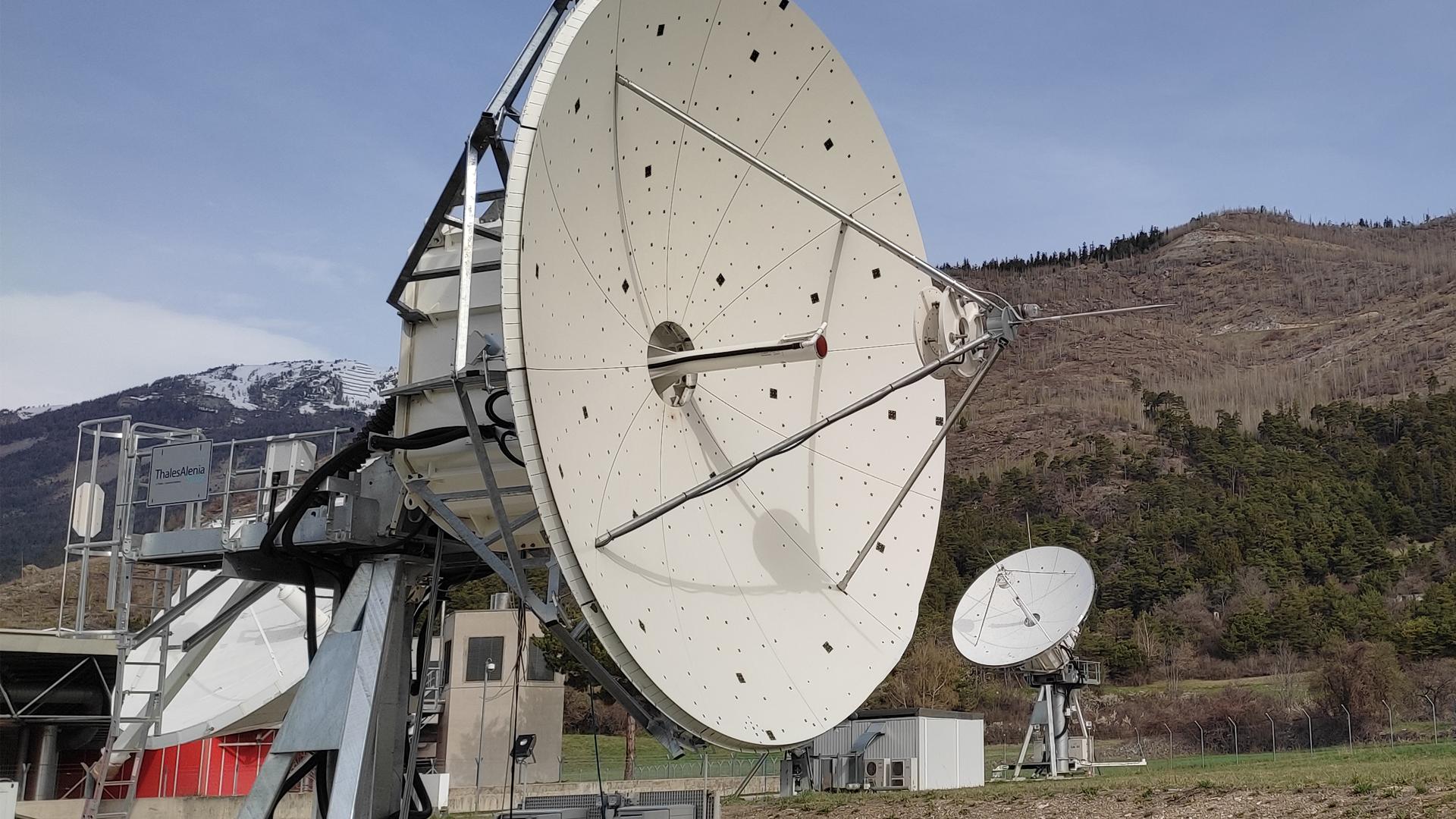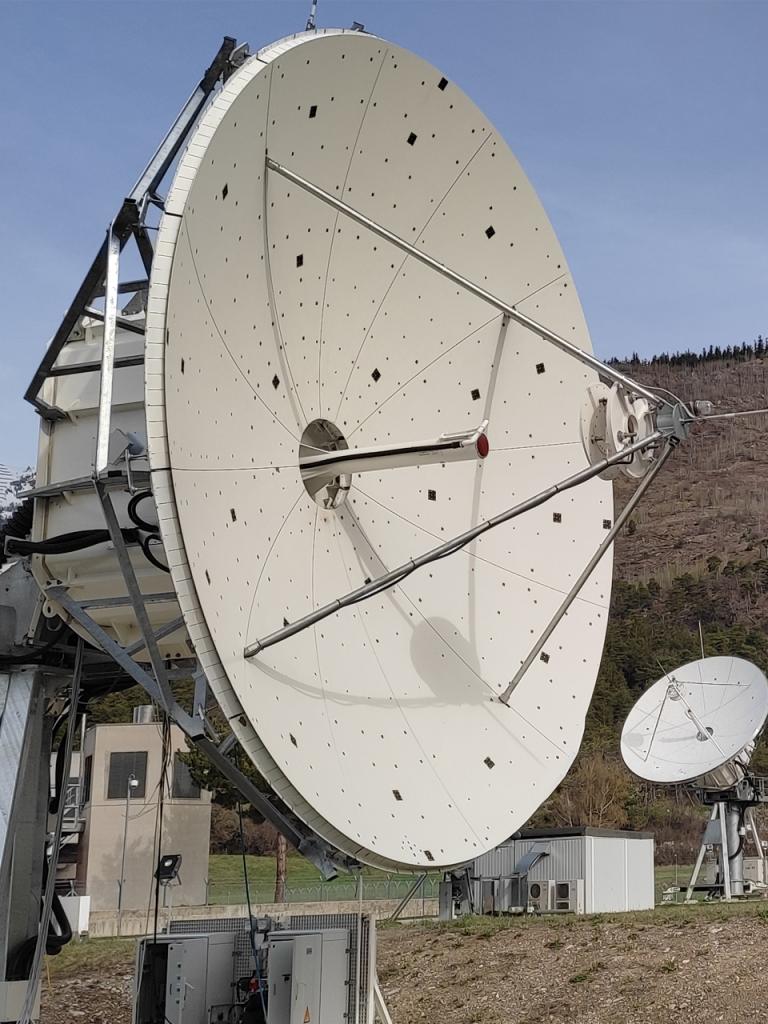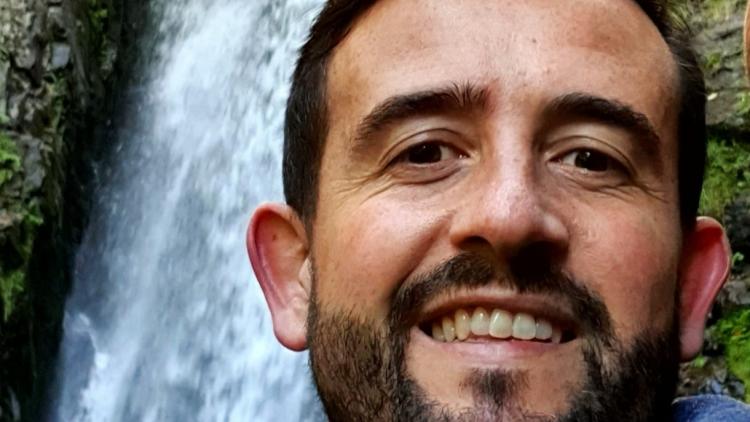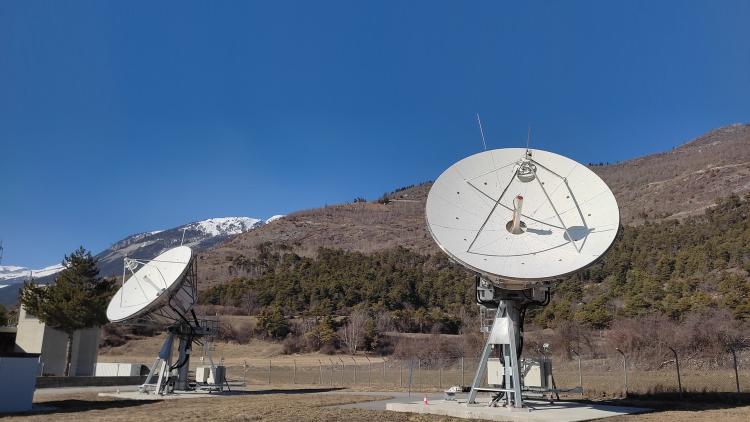
At the helm of the next-generation MTG satellite programme
Meet Alexander Schmid, one of many behind the Meteosat Third Generation mission


As we gear up for the end-of-the-year launch of the first of the Meteosat Third Generation satellites, we’re shining a spotlight on the experts who are making this mission happen.
An additional, crucial component of the ground segment are the two mission data acquisition stations, where antennas receive weather and climate data and transmit them to the control centre. There, these data are processed into weather and climate products, archived, and made available to users worldwide.
Integrating all of these parts is tricky for a number of reasons: one is that the instruments, including the Lightning Imager – which will allow meteorologists to detect and monitor lighting flashes over Europe, Africa, and the surrounding waters – are completely new. Because of this, new commands to control the satellite need to be developed, as do new algorithms to process the data. On top of this, there are more instruments – and more complex ones – on board sending back significantly more data as compared to Meteosat Second Generation satellites.
All of these improvements make it inevitable that new challenges will arise – and, when they do, Schmid and his team tackle them with a hearty dose of ingenuity.
“Some time ago, we had a stray light problem in the optics of one of the instruments, the Flexible Combined Imager,” said Schmid.
“This means that the instrument was detecting not only the normal signal but also signals coming from somewhere else. If this happens to you, for example, if a window behind you reflects light off of your computer screen, your brain is able to process it and say, ‘OK, these are reflections’. But an instrument isn’t automatically able to do this.”
Solving this problem was a true group effort. EUMETSAT scientists and instrument engineers collaborated with experts from the European Space Agency and Thales Alenia Space to put physical filters and masks into the instrument in order to decrease some of the unwanted signal and used software to filter out the rest.
“The most important part of my job is not managing the technical part, although this is, of course key,” he said.
“The most important part is managing people – motivating them, asking them questions, understanding their challenges. Valuing people and fostering collaboration between them, this is what will make this programme a success.”
Author:
Sarah Puschmann




